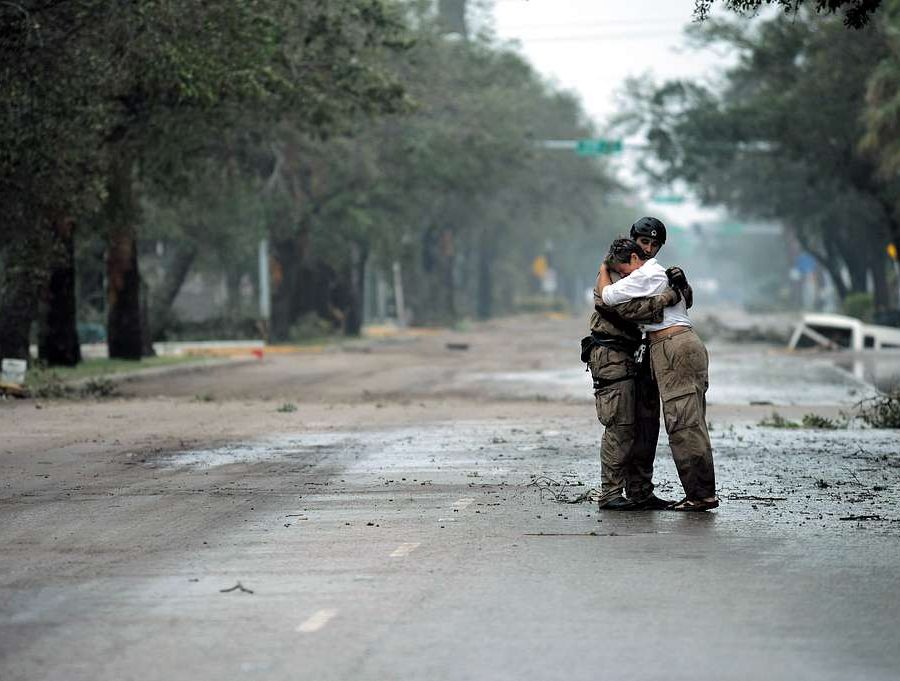Extreme weather events and natural disasters are becoming increasingly common due to our warming planet. Damage from these events can profoundly impact the infrastructure and livelihoods of entire communities, particularly low-income communities of color that experience systemic barriers to disaster relief resources, and that are more likely to live in underresourced neighborhoods vulnerable to flooding or drought.
While no two disasters or communities are the same, we have some recommended approaches to help guide your grantmaking strategy when you are seeking to respond to an emergency.
- Cash is Good: Cash grants are usually more helpful than donations of items and goods in a fast-moving emergency. While your impulse to give is wonderful, it is harder to coordinate individual items from many individual donors: your donation of clothing may not be suitable for the weather; food donations may not accommodate cultural dietary needs. Organizations on the ground can assess what supplies and resources are most needed at a given time, ensure they are culturally appropriate, and direct your grant where it can help the most.
- Think Local: While large non-governmental organizations are important parts of the disaster relief system, local groups deeply understand the community, are trusted service deliverers, and can quickly identify local needs, including where additional resources are needed to serve the most vulnerable populations. Typically serving specific geographical regions, our community foundation colleagues are often among the first responders when disaster strikes, and have the local knowledge and experience to deploy donations to trusted, vetted, and effective nonprofits.
We recommend searching for local community foundations in the area impacted by the disaster, and giving to their emergency response funds. You can search for community foundations via the Council on Foundations’ Community Foundation Locater tool, or, in a search engine, you can type in “community foundation (location).” Community foundations’ response funds usually accept gifts from community members and other donors, and will regrant to local and grassroots nonprofits working to ensure that people are reached by recovery efforts.
- Prepare for the Long-Term: In an emergency, people often feel the need to respond immediately, which is certainly understandable and helpful. But different, additional needs may emerge after the initial phase of the crisis. Crises can have a long-term effect on communities. As they heal and repair, think about how your continued philanthropic support can contribute to long-term resilience needs and for preparation for the next crisis. Center for Disaster Philanthropy is one such organization that focuses on medium- and long-term recovery needs such as rebuilding homes and livelihoods, providing mental health services, and supporting the unique needs of communities as they arise.
As always, please reach out to us at info@thenytrust.org if you would like additional support for your grantmaking or want more resources. We are here to help.
